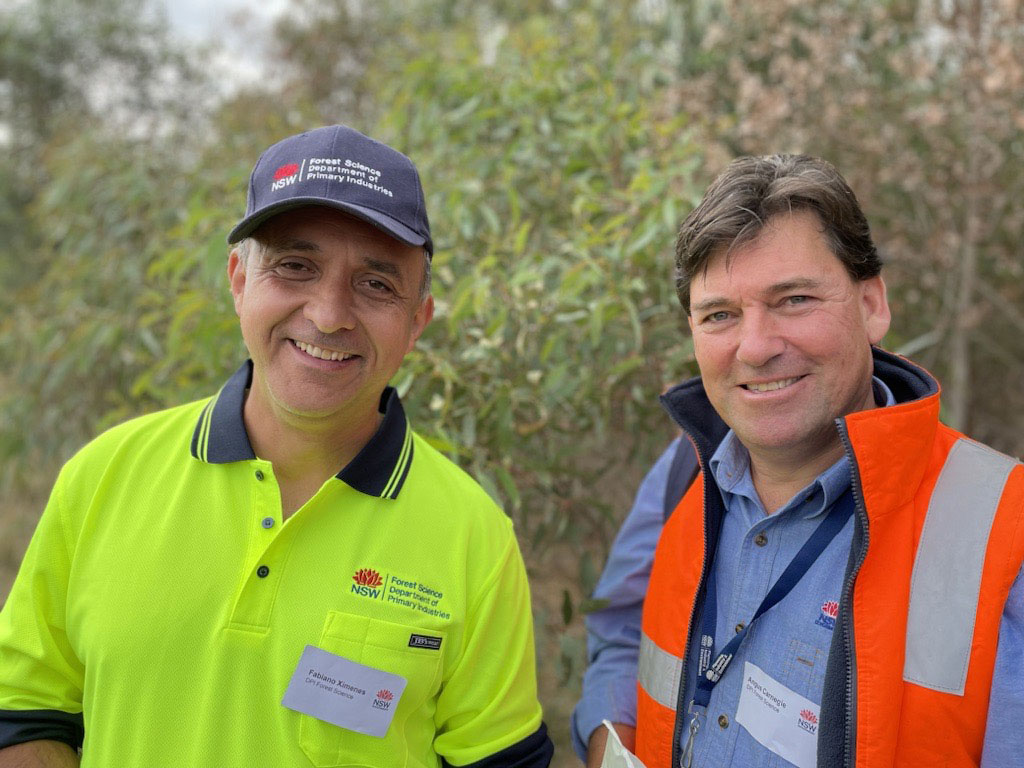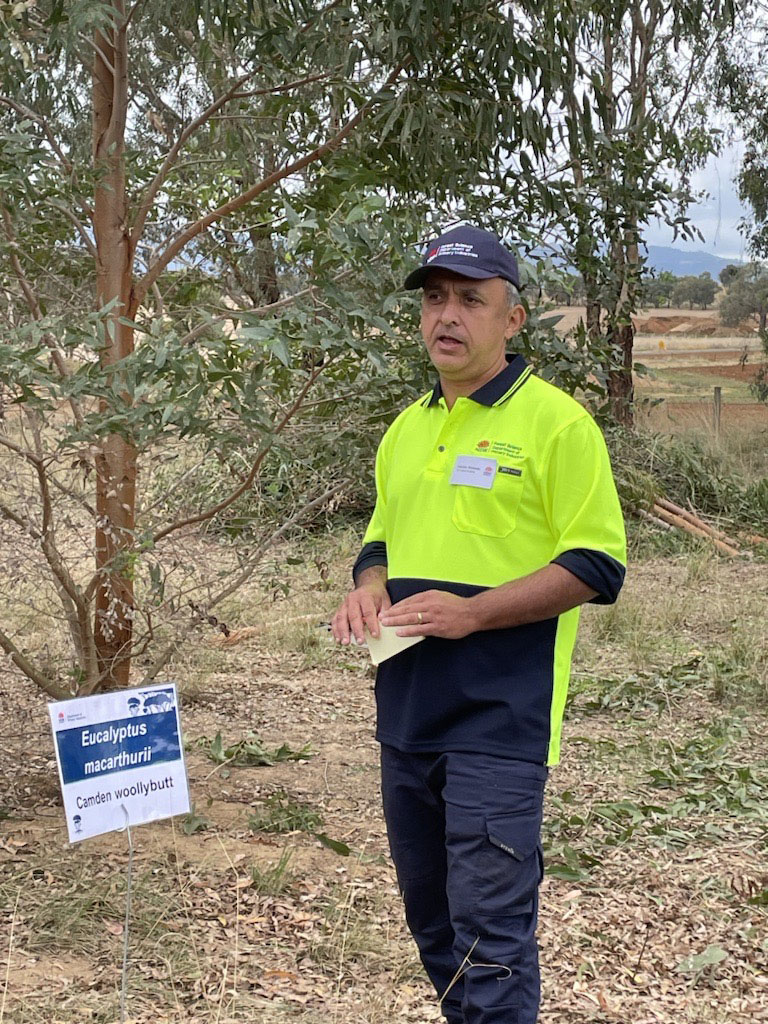
More than 5,500 native woody trees will be harvested this week at the NSW Department of Primary Industries (DPI) Tamworth Agricultural Institute as part of a $4 million "Biomass for Bioenergy" project.
NSW DPI Forest Science partnered with CSIRO (Australian Tree Seed Centre) to investigate the productivity of prospective woody biomass crops grown across a number of climates and soil types in NSW, and will now undertake analysis of the three-year old trees to reveal how much biomass has been produced by different species at the Tamworth site.
NSW Department of Primary Industries (DPI) Senior Research Scientist, Dr Fabiano Ximenes said carbon-rich biomass from harvested trees could be used as feedstock for energy generation and several products that replace the use of fossil fuels.
"Biomass is being seen worldwide as a significant tool in the fight against climate change because it sequesters carbon and can be used to generate renewable energy and other renewable products," said Dr Ximenes.
"We are pleased that early observations of the Tamworth trial crop's tree height and diameter indicate a substantial amount of biomass has been produced in a short period of time.

"The work of NSW DPI has been attracting the interest of major companies such as in the aviation power generation and hydrogen sectors, to replace fossil fuels, and supplement energy supplies.
Tree biomass grown on a short rotation basis has a broad range of uses including renewable energy production, biochar, bioplastics manufacture and green chemical production. These types of products will be essential to support a future bioeconomy as fossil fuels become more restricted.
"Projects like "Biomass for Bioenergy" help us understand which native species and on what type of land would be best suited for landholders to diversify their production in a way that has positive environmental and climate benefits," said Dr Ximenes.
"Biomass crops can be fully integrated in farming systems. By planting native woody crops on marginal, less productive land, NSW landholders can contribute to climate mitigation outcomes while earning extra income and supporting the development of regional economies.
"We need the expertise of farmers to help us to grow the energy supplies of the future," he said.
Species planted as part of the Tamworth trail were suitable to the local climate and included Acacia dealbata (silver wattle); Eucalyptus viridis (green mallee); Eucalyptus infera (Durikai mallee); Eucalyptus polybractea (blue mallee); Eucalyptus cladocalix (sugar gum) and Eucalyptus camaldulensis (river red gum).
The project saw over 60,000 trees planted on different sites including several NSW DPI Research Stations across the State.
Visit Biomass Crop Trials (nsw.gov.au)






